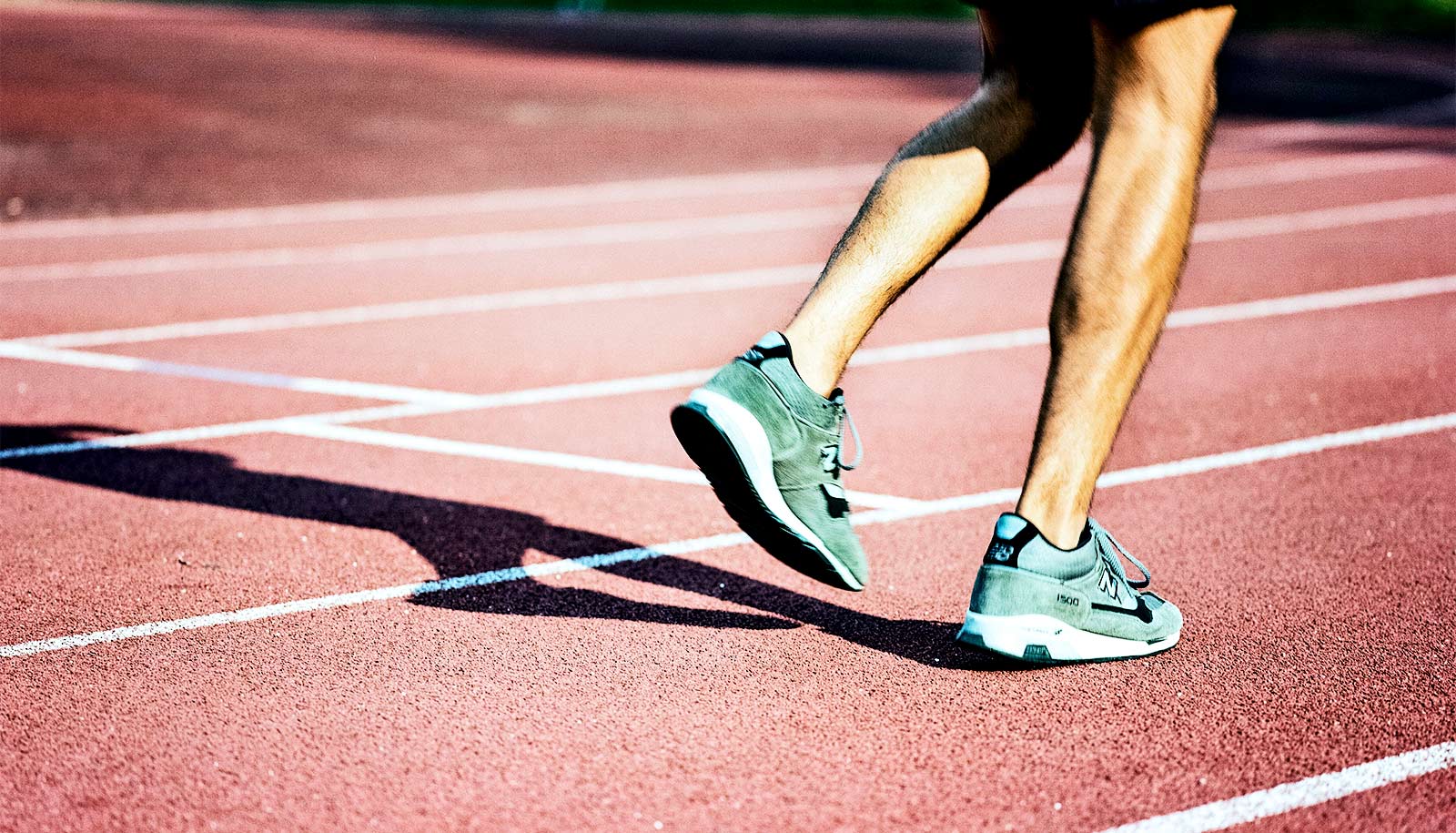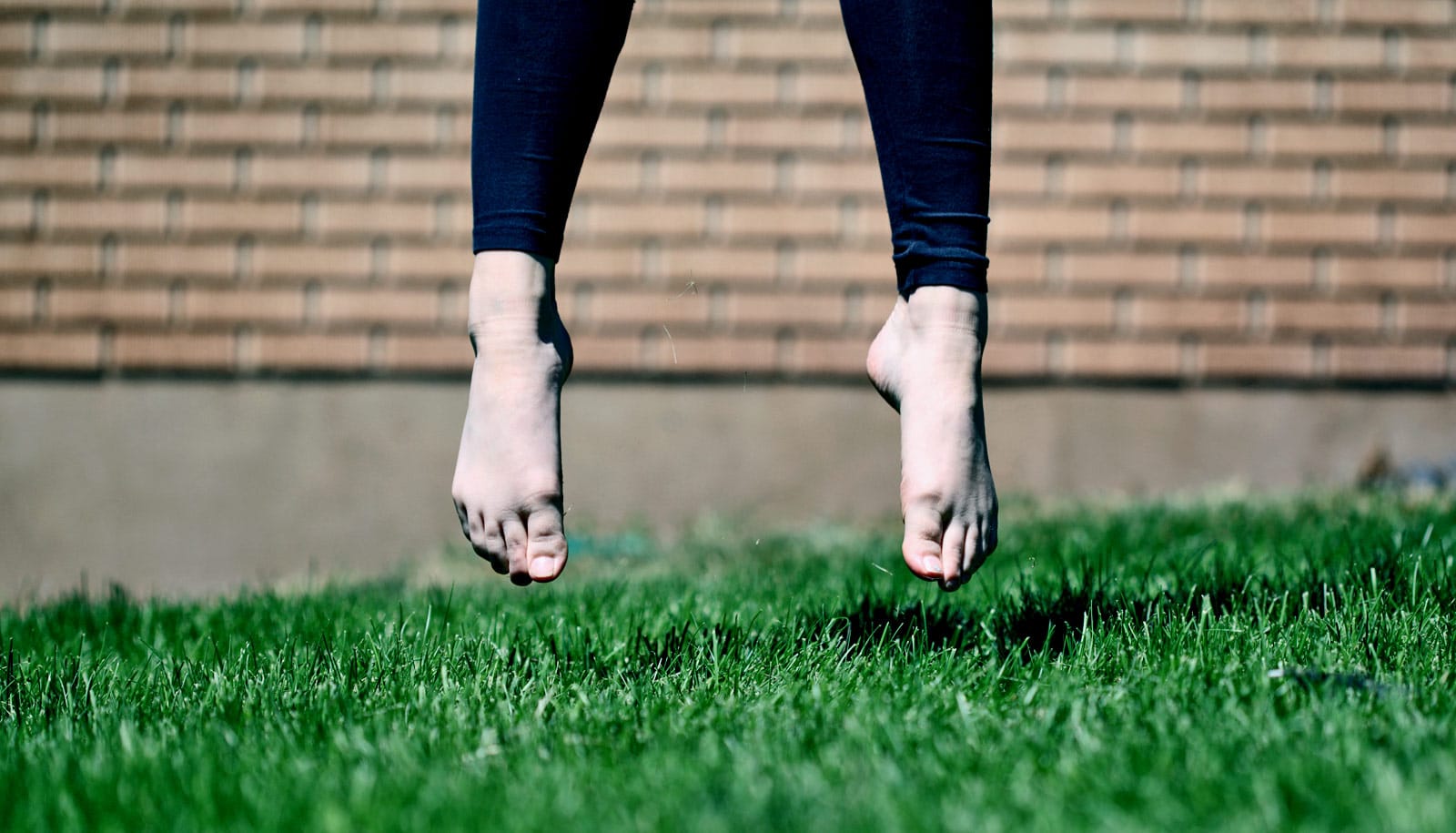Wearing footwear with an upward curvature at the front of the shoe, known as a toe spring, requires less work from foot muscles. But researchers warn that might not be a good thing in the long run.
A new study explains why toe springs are comfortable and popular, but suggest that these shoes may contribute to weakening of the foot muscles with long-term use.
This may increase susceptibility to common pathological conditions such as plantar fasciitis, inflammation of the foot that connects the heel bone to the toes, researchers say.

“We’re not suggesting everyone abandon their sneakers and go barefoot,” says study second author Nicholas B. Holowka, assistant professor of anthropology at the University at Buffalo College of Arts and Science. “But this a design trend that’s common today, especially for athletic shoes, and we want to understand what the long-term effects may be for people who wear shoes with toe springs.”
Holowka is a biological anthropologist who studies the evolution of human bipedalism and the consequences of this process on musculoskeletal health.
Toe springs keep the toes continually elevated above the ground in a flexed upwards position to help the front part of the foot roll forward when walking or running. They are present in most modern athletic shoes, but their effect on natural foot function and vulnerability of the feet to injury has not been widely studied.
The research team investigated the effects of toe springs on foot biomechanics using a controlled experiment in which 13 participants walked barefoot on a treadmill at a comfortable walking pace.
The researchers then asked participants to repeat the process wearing four different pairs of specially designed sandals with varying upward curvature of the toe region in order to simulate the curvature of modern athletic footwear. The team captured 3D motion data using markers placed on each subject’s knee, ankle, and foot.
The researchers found that toe springs decrease the work of the muscles around the joints that connect the toes to the foot bones. The higher the upwards curve of the toes in respect to the rest of the foot, the less work the foot muscles had to perform to support the joints when walking.
The paper appears in Scientific Reports. Additional coauthors are from Chemnitz University of Technology in Germany, Harvard University, and the University at Buffalo.
Source: University at Buffalo

